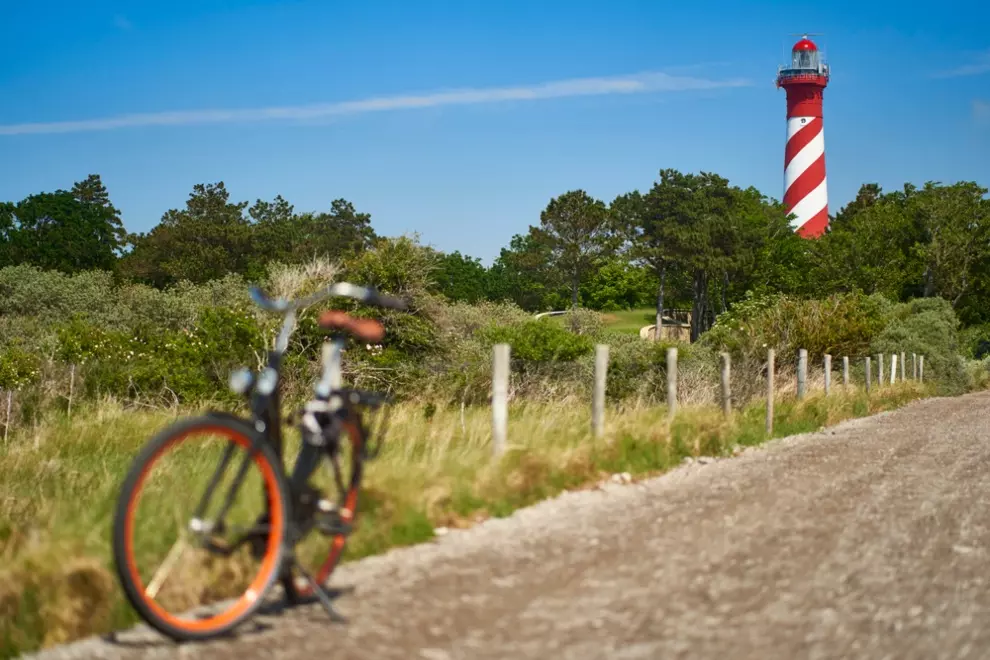Heat can significantly affect your athletic performance. When cycling in hot weather, your body works overtime to cool down, which results in lower power output, and higher heart and breathing rate. The good news is that your response to high temperatures is trainable.
Day-to-day hydration
One of the key strategies to combat the effects of heat is maintaining good hydration levels. It’s important to maintain good hydration all year round but even more so when the hot summer months arrive. This is where the WUT (Weight, Urine, Thirst) protocol comes in handy. It’s a simple method that can help you assess your hydration status in the morning.
Weight: Your weight should remain relatively constant from day to day, varying about 1%. If the variance is higher, you’re likely dehydrated.
Urine: Your morning urine should be light in colour or relatively clear. If it’s the colour of apple juice or darker, you may be dehydrated.
Thirst: Assess your level of thirst when you wake up. If you’re thirsty, you might be dehydrated.

If two or all three of these things point to dehydration, it’s time to take action. Here are some tips to maintain good day-to-day hydration:
- Drink about 500 ml of water right after waking up.
- Drink 250-500 ml of water with each meal throughout the day.
- Carry a water bottle with you at all times so that hydrating is easy and always available.
- Increase consumption of fruits and vegetables, which are high in water content.
Pre-exercise hydration
In addition to maintaining day-to-day hydration, it’s important to hydrate before you start your ride. Aim to consume about 500 ml of cold fluid (water or an electrolyte-rich sports drink) in the hour prior to cycling. This pre-workout hydration serves three purposes:
- It ensures you start your ride well-hydrated.
- It spares the water and sports drinks you’re carrying for later in the ride.
- It provides a pre-cooling effect, helping to lower your body temperature before you start cycling.
Pre-cooling
Speaking of pre-cooling, there are several strategies you can use to lower your skin and core temperatures before you start cycling.
- Immerse yourself in cold water or take a long cold shower. This works really well but it’s impractical or impossible to do right before a race.
- Wear a cooling vest. You can see the pros doing this at the Tour de France, it’s effective as well as practical.
- Wear a cold towel. This is an alternative to a cold vest if you don’t have access to it. Make sure to cover large parts of your body, not just the
- Drink an ice slurry. You can combine this with any of the methods for external cooling.
The goal of pre-cooling is to delay the rapid increase in core and skin temperature. It will give you more time to perform at your usual level before the core temperature hurts your performance.
With these tactics, you’ll be well set up to fight the heat on your next ride. In the next part of this series, we will take a look at thermoregulation and how to acclimatise to heat effectively.







